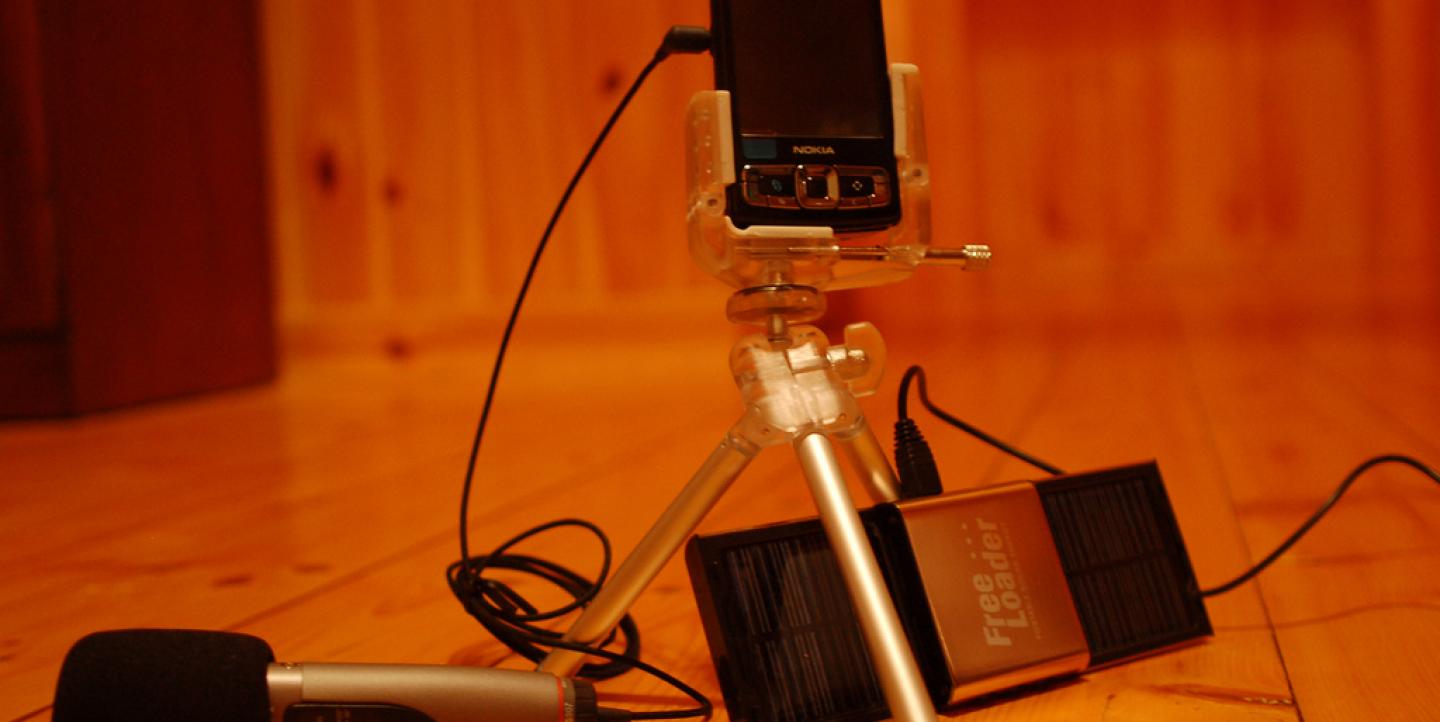According to Brad Hunstable, the CEO and co-founder of video streaming company Ustream, 2015 is “the year of video.”
"Video is increasingly taking over the Internet," Hunstable recently told the International Business Times.
From short Vine clips to high-quality documentaries, journalists and newsrooms are in on the video craze. Live streaming, used mainly by citizen journalists in past years, is now widely welcomed by larger media companies as a way to give first-person, highly scalable video accounts of major news events.
In December, ABC News launched GoStream, which allows the network’s journalists in the field to send raw video to ABC News through an app, which is then disseminated through streams.
Live streaming isn’t a wildly advanced technology; you need little more than a camera with a data connection to get off the ground. Citizen journalists often use a mobile or tablet device. For more high quality video, an HDMI digital camera can be used. You’ll also need an Internet connection--the speed of which varies depending on the system you use.
To get your videos out to the world, whether breaking news or studio events, a number of live-streaming tools are available, which vary in their cost and features. Here is an overview of some of the top tools being used by journalists, from citizens to newsrooms.
Ustream: Citizen journalists and activists around the globe have long used the popular cloud-based streaming video platform as a communications vehicle, via apps on mobile devices. Most recently, Ustream live streamer Bassem Masri became a social media star during the November protests in Ferguson, Missouri. Ustream offers a number of free options, including for mobile and desktop. To learn about the basics of video streaming production on Ustream, click here. You can sign up for a free 30-day trial before subscribing to a Pro plan. Monthly pro plans begin at US$99.
Livestream: Another key player in the live streaming space, Livestream offers tools and products for broadcasting events on any device. You can go live in HD for free with Livestream Producer, mobile apps, and Google Glass. To broadcast more sophisticated events, you can create a free trial account, with plans beginning at US$42/month. Livestream has widely been used to broadcast chats and events in the journalism space, such as by U.S. local news networks, popular VICE reporter Tim Pool, Columbia Journalism School and more.
Stringwire: Designed for streaming from breaking news events, this free mobile streaming app (available for iOS and Android) was developed by NBC News Digital. Stringwire encourages users to become “citizen stringers,” flagging their live video as eligible for an NBCUniversal news broadcast. NBC does not pay streamers, but the users are attributed whenever possible and own any content they personally shoot. NBC News is also encouraging its staff, especially field producers, to use the app.
Bambuser: A basic, free-to-use service that lets users broadcast, watch and share live video through mobile phones and computers. The mobile app is currently available for iOS, Android, Nokia Maemo, Symbian, Bada and Windows Mobile platforms. Bambuser became well-known in recent years for its role in helping to mobilize citizen journalists across the Middle East during various periods of political uprisings. Since 2012, users of the Bambuser service have had the option to share their broadcasts with the Associated Press. The partnership enables The AP to use Bambuser as a source for user-generated content coming from citizen journalists. In addition to sharing the actual content, users are required to disclose some form of contact information so the AP can verify the video's authenticity and credit the owner.
Google Hangouts On Air/YouTube: With Hangouts On Air, you can broadcast live discussions and events to the world through your Google+ Home page and YouTube channel. To share a Hangout (which can be attended by up to 10 people), Google Hangouts On Air connects your Google Plus account to your YouTube account (both owned by Google), streaming through Google Plus. People can watch your Hangout while you are streaming, or by viewing the recording on your YouTube channel afterwards. For details on this option, as well as general live streaming tips, an overview of security concerns and other helpful hints, check out Video 4 Change's Citizen Journalist Guide to Live Streaming Video.
What are your favorite live-streaming tools? Let us know in the comments, on Twitter or Facebook.
Image courtesy of Flickr user Eric Hersman under a Creative Commons license.

